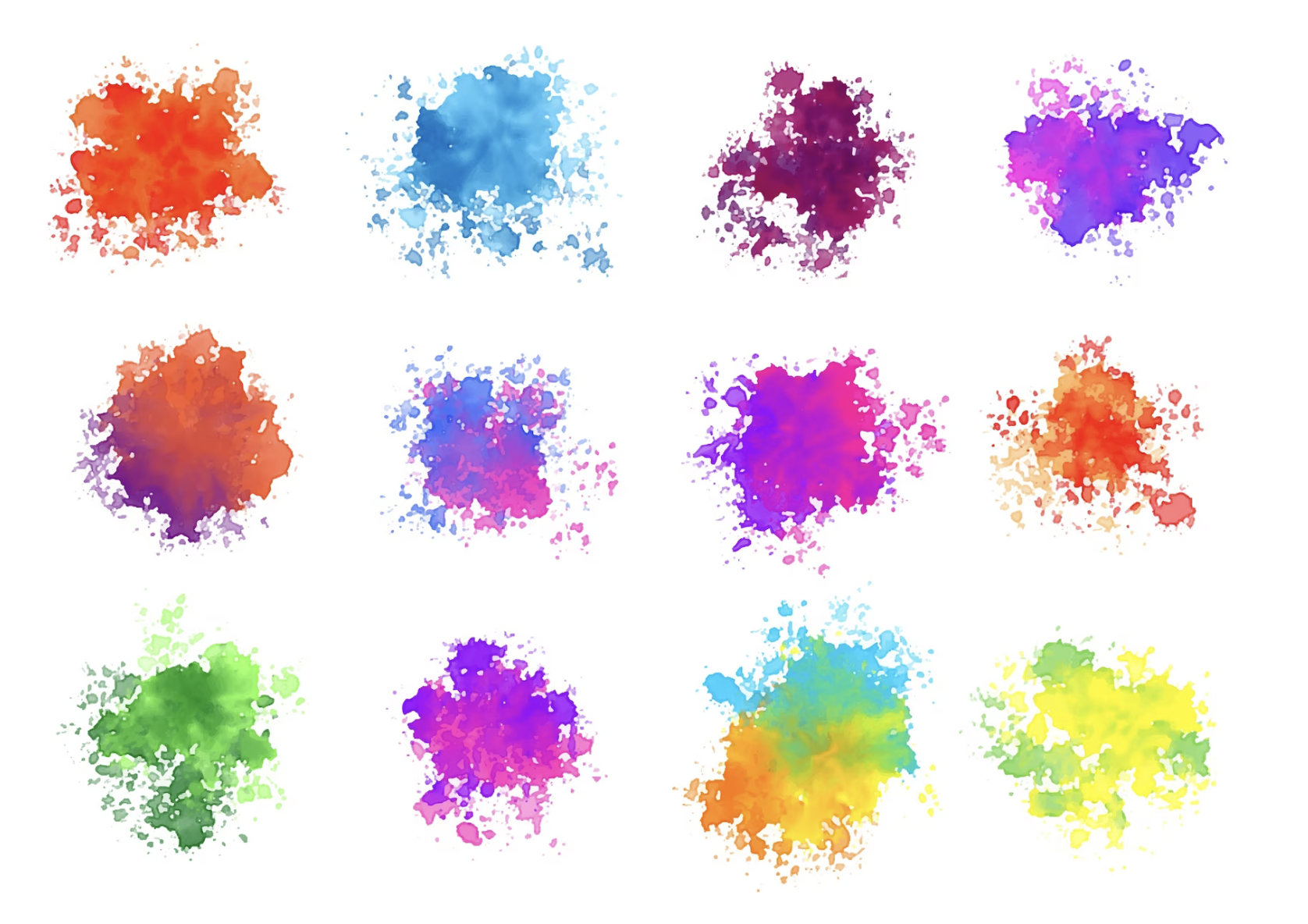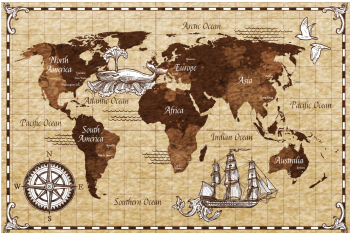"UNDERSTANDING STAINS
In addition to fabric type, a simple and effective classification system based on the types of stains found is also used.
Stains can be categorized into 5 different primary classifications:
- Protein containing stains
- A) Natural oil and fat-containing stains b) Mineral and synthetic oil and grease containing stains
- Bleachable stains
- Pigment/dust/soot containing stains
- Water-soluble stains
Normally soils are however encountered in a combination of those primary substances. Below are examples for healthcare and lodging soils.
Healthcare stains
Blood: Blood is a protein stain that coagulates (thickens) with increased heat. To avoid setting this stain it is important that a high active enzyme is used in the first wash and temperature and not exceed 40°C.
The sooner blood‐stained linen is washed, the easier it will be to clean. Under these prescribed conditions, blood stains can usually be eliminated by the washing process.
Incontinent soils: Urine and faecal matter are either weak acidic or alkali soils found in the clothing, towels and bed linen of incontinent patients. When this soil is allowed to be in contact with textile for any length of time before it is washed, bacterial grows and produces an ammonia smell. Incontinent soils are considered a “heavy soil” classification and require special washing procedures.
Incontinent soils will become set if they are subject to high temperatures. One flush/pre-rinse for this type of linen at ≤ 35°C before the wash is recommended. The flush removes the gross soils from the load before the washing operation. Once the linen has been thoroughly flushed, normal laundry procedures should remove the remaining soil.
On any heavy soil classification, it is extremely important to neutralize excess alkalinity and remove residual chlorine since both can cause patients to develop skin irritation.
Proper rinsing and souring at the final rinse will eliminate excess alkalinity. For residual chlorine, the neutralization of chlorine needs to be done any time when chlorine is used at the end of the bleach step or at the nest wash.
Lodging Soils
Food soils: In any restaurant operation you will find food soils such as salad oil, gravy and other food spills on the table linen. Kitchen rags and aprons are also found in these accounts. These soils are usually classified as
Heavy load soils.
Greasy foods make up the majority of soils found in the restaurant’s kitchen.
These foods contain fatty acids and other animal fats and vegetable oils that are removed by the process known as emulsifying. However, most of these soils are really combination soils (fats mixed with proteins such as ice cream, butter, milk, eggs, gravy and mayonnaise)
Just like blood, these protein soils need lower temperatures during the 1st step in pre‐wash. After the load has been pre‐washed, higher temperature and proper pH together with detergent and oxygen bleach must be used to remove the remaining soil.
Make‐up, shoe polish, hair oil, ink: Shoe polish, ink and make‐up have a carrier that makes normal removal very difficult. These “soils” are a combination of emulsifiable soils and pigments.
First, the petroleum‐based carrier must be removed before treating the inert pigment. The emulsifiable petroleum carrier is removed by the use of a detergent high in surfactant content or an emulsifier. The remaining inert soil is lifted from the fabric through the mechanical action provided by the washing machine. However, if the pigment is trapped into the fibre, the removal becomes very complicated and high alkalinity wash processes may be required.
Kitchen mops and other inert soils: Just as there are fine inert particles of pigment in cosmetics and ink, there are inert particles of sand and dirt found in the soils contained in kitchen mops and other items. First, a flush might be required to remove the loose dirt. Then a heavy concentration of a built detergent, or a detergent and emulsifier, is used in the wash operation to penetrate and suspend the soil.
A typical variety of classifications for both lodging (table 2) and healthcare (Table 3) are shown in the following tables. Here again, a balance must be struck between having too many classifications to cause staff confusion and productivity issues and having enough to give good results and optimize chemical and utility costs.
Retain dry cleaning and laundry soils: In retail dry cleaning, spots are removed on a pre-spotting table or on a table by using a brush. Generally, the best practice is to ask the customer about the stain and make a note on the tag attached to it. It helps the master to choose the right chemical. Usually the stain in retail dry cleaning are general stains and can be identified by just seeing in white light. To start with hot water or steam should to used to activate the stain after that specific spotting chemical should be used and it should be left to rest at least for 30 sec. A specula should be used with lite hand to remove the stain, protecting the fiber of the cloth. After that it should be washed with water. Some of the stains require treatment of two spotting chemicals.
"










